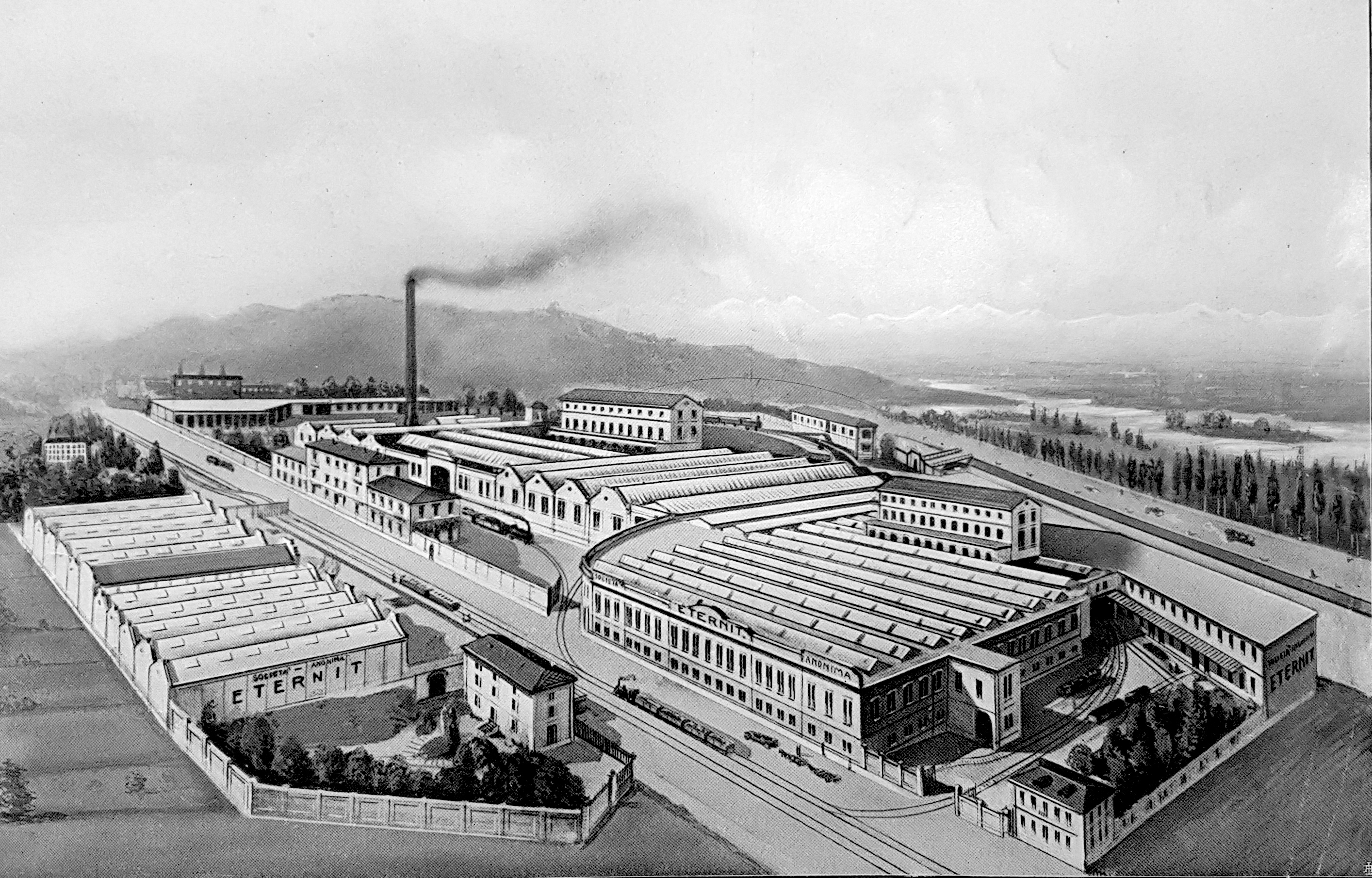Creeping Death. Asbestos Victims and the Allocation of Moral and Legal Responsibility in the Aftermath of an Industrial Disaster
June 2017
The allocation of responsibility 
View of the former Eternit factory in Casale Monferrato. In its heydays, the factory employed around 2.000 labourers. is a key operation in jurisdiction, as it is an important feature of moral reasoning. The research project Creeping Death. Asbestos Victims and the Allocation of Moral and Legal Responsibilities in the Aftermath of an Industrial Disaster examines how responsibility for the consequences of asbestos-related diseases and the pollution of the environment is negotiated in the courtroom and beyond. It asks how moral and legal responsibility are intertwined. The case study focuses on the social and legal struggles around the former Eternit factory in Casale Monferrato (Piedmont, Italy) and analyses how notions of responsibility have changed over the years. In particular, the research project is interested in the question how uneven temporalities and space shape the allocation of moral and legal responsibility. With this approach, it contributes to the ongoing debate on corporate responsibility in contemporary world society.